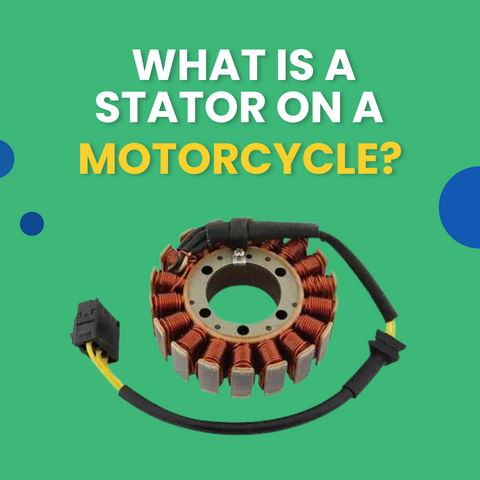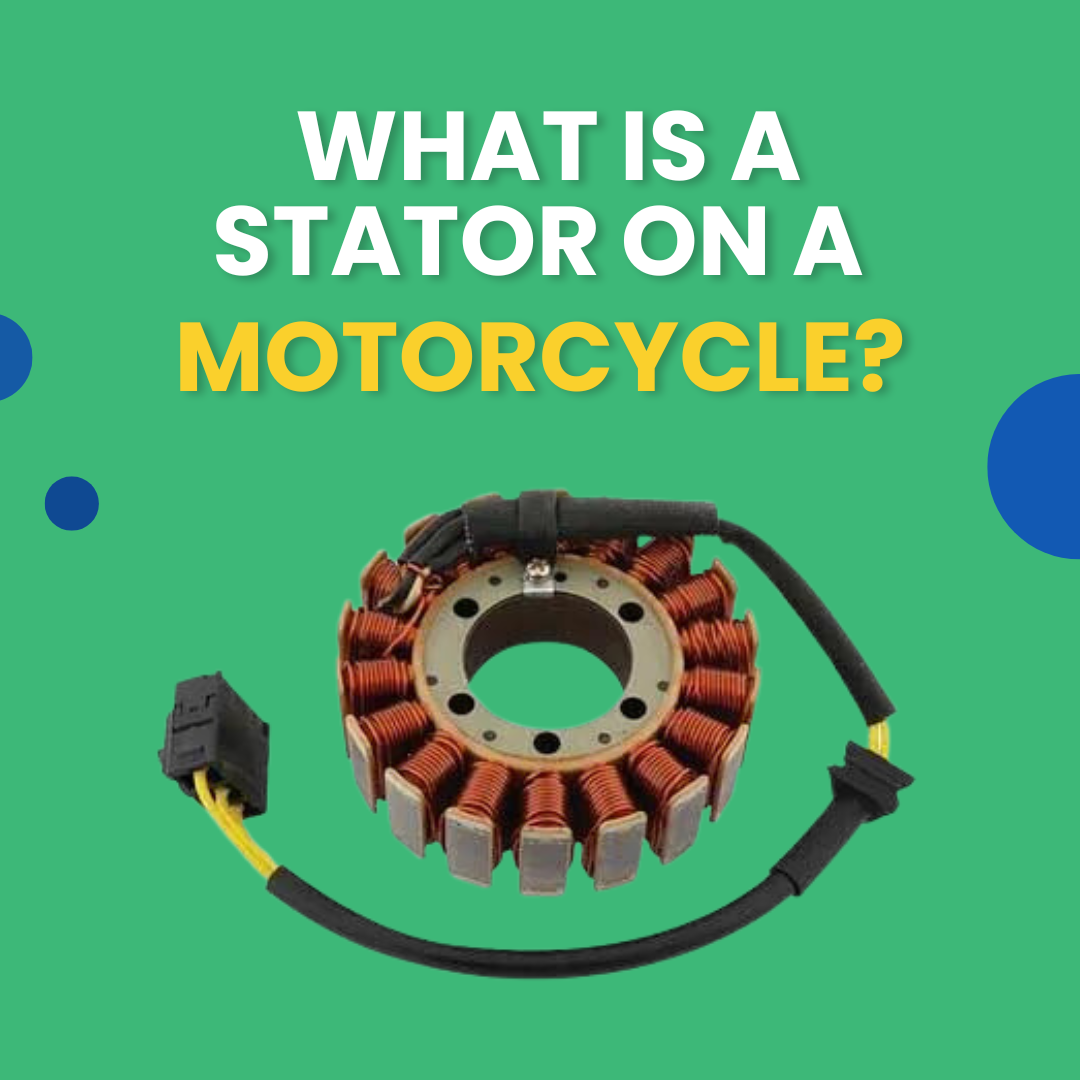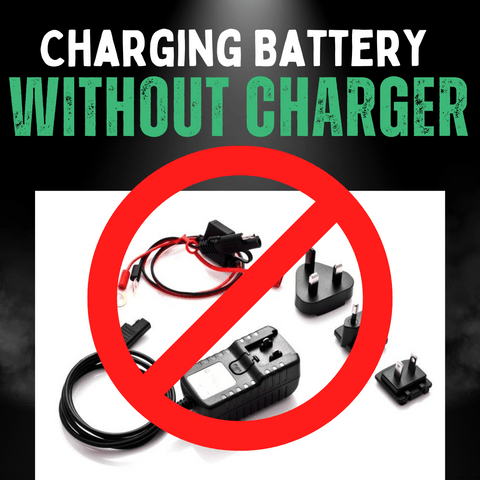
Updated: 24 March 2025
A dead motorcycle battery in the middle of nowhere can ruin your ride—and the culprit might be a small but vital part: the stator.
Understanding this key component of your bike’s charging system can save you from roadside troubles.
Let’s explore what a stator does, how it works, and how to spot and fix issues.
What Is a Stator on a Motorcycle?
The stator is a crucial part of your motorcycle’s electrical system, generating power for the battery and other components.
It’s typically located inside the engine casing on the left side, near the flywheel, though this varies by model.
This applies to full-sized bikes as well as our kids' petrol motorbikes and other ride-on toys.
Related: How to Charge Your Motorcycle Battery Without a Charger
How a Stator Works
Function and Components
The stator, a coil of wire inside the engine case, generates electrical power using the engine’s mechanical motion.
A magnet on a shaft spins within the coil, creating alternating current (AC) via Faraday's law of electromagnetic induction.
The AC power is sent to a rectifier/regulator, which converts it to direct current (DC) to charge the battery and power the bike’s systems.
Charging the Battery
The stator keeps the battery charged, powering essentials like lights, ignition, and the fuel pump.
Without a functioning stator, the battery will drain quickly, leaving your bike unable to run.
Related: How Long Does It Take to Charge a Motorcycle Battery?
Signs of a Bad Stator
Common Symptoms
- Starting Issues: Difficulty starting or a battery that won’t hold a charge.
- Dim Lights: Flickering or unusually dim headlights.
- Other Indicators: Increased fuel consumption or frequent battery replacements.
Impact of a Failing Stator
A bad stator can drain your battery, strain the engine, and damage other electrical components.
It can also lead to higher costs from repeated battery replacements or excess fuel use.
Testing and Replacing a Stator
Testing the Stator
Use a multimeter to test the stator’s resistance and output voltage to determine if it’s faulty.
Low or inconsistent readings indicate a problem that may require replacement.
Replacing the Stator
Replacing a stator involves removing the left-side engine cover, swapping the old stator for a new one, and reassembling.
Due to the complexity, it’s best to consult a professional mechanic unless you’re experienced with engine repairs.
Can a Motorcycle Run Without a Stator?
A motorcycle can run briefly on a fully charged battery, but without a working stator, the battery will quickly drain.
Think of it like running a marathon without food—you’ll start strong but soon run out of energy.
Conclusion
The stator is a vital part of your motorcycle’s charging system, converting engine motion into electrical power.
Regular maintenance and early detection of issues can prevent breakdowns and extend your bike’s life.
FAQ’s
What does a stator do on a motorcycle?
It generates electrical power to charge the battery and run the bike’s systems like lights and ignition.
What are the signs of a bad stator?
Difficulty starting, dim headlights, and increased fuel use or frequent battery replacements.
Can I ride with a bad stator?
Not for long—it’ll drain the battery, strain the engine, and may damage other components.
How long does a motorcycle stator typically last?
It varies, but stators can last from 7,000 to 28,000 miles, depending on usage and maintenance.
Can I use a car battery charger for a motorcycle battery drained by a bad stator?
Yes, but ensure compatibility and use a low-amp setting to avoid damaging the battery.
Ready to Ride? 🚀
Loved our 2025 guide on motorcycle stators?
Explore more at RiiRoo.com or chat live with us!






Share:
Is There A Weight Limit For Go Karting in 2025?
How to Store Your Motorcycle for Winter 10 Winterising Steps